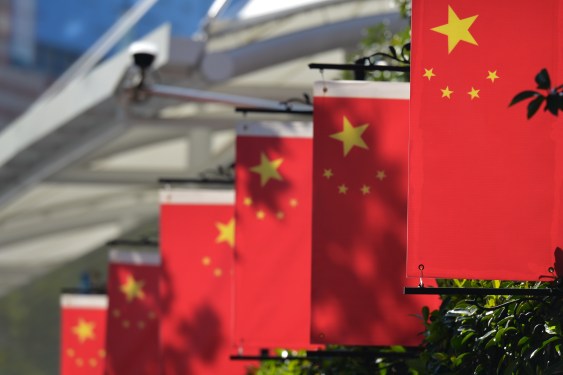Executive Order Overview:
On July 14, 2023, President Biden signed an Executive Order targeting U.S.-based companies investing in key tech sectors within China. This order specifically addresses artificial intelligence (AI), semiconductors, electric vehicles, and renewable energy technologies, marking a significant shift in U.S. foreign policy towards China’s tech landscape.
Executive Order Details
Key Sectors Targeted
The order restricts investments in four critical sectors:
- Artificial Intelligence (AI): Companies engaged in AI research, development, and AI model training.
- Semiconductors: Firms involved in the production or supply of semiconductor materials.
- Electric Vehicles: Businesses manufacturing electric vehicles (EVs) and related technologies.
- Renewable Energy Technologies: Organizations working on solar, wind energy, and other renewable power systems.
Implementation Timeline
- The order is set to take effect within 60 days following its publication in the Federal Register.
- A regulatory framework will be developed for sectors yet to be explicitly mentioned in future orders.
Implications for U.S. Tech Firms
Striking Back
The order signals a strategic shift from protectionist trade policies, with U.S. companies anticipated to respond by relocating production and seeking alternative investment avenues within the U.S.
Job Market Impact
- Loss of Employment: Approximately 160,000 jobs in AI-related industries could be impacted.
- Shift in Focus: U.S.-based tech firms may prioritize domestic production and innovation, potentially slowing growth in key sectors.
Investment Strategies Adjusting
U.S. Tech Firms’ Response
Major U.S. tech companies like Sequoia Capital China, ByteDance, Alibaba, and others are actively monitoring the situation. Their strategies have shifted to:
- Local Production: Hires and investments concentrated within the U.S.
- Focus on Core Competencies: Emphasis on core technologies where expertise is concentrated.
Changes in Portfolio
Firms may reevaluate their portfolios, potentially divesting from China-based entities to avoid compliance issues or market exclusivity. This could lead to reductions in cross-border investments across multiple tech sectors.
Market Sentiment and Reaction
Market Reactions
- Positive: Expectations of long-term stability and potential growth within U.S.-China tech relations.
- Negative: Concerns about job losses, supply chain disruptions, and the impact on domestic innovation ecosystems.
Startups and Competition
Adaptation by Startups
The order has spurred swift responses from startups and smaller businesses. Many are rebranding as U.S.-only entities to capitalize on the new regulatory landscape, ensuring compliance without being flagged for restricted sectors.
Challenges Faced by Chinese Tech Startups
- Regulatory Uncertainty: The sudden shift poses significant risks to operations relying on previous trade relationships with China.
- Increased Costs: Compliance measures and restructuring investments may lead to elevated operational costs.
Focus on Core Competencies
Chinese startups are emphasizing domestic production and innovation as a strategic response, aiming to strengthen their global competitiveness without cross-border investments.
Implications for AI Firms
AI firms operating within restricted sectors face critical challenges:
- Necessity of U.S.-Based Expertise: To comply with the order, firms must ensure all key technologies are developed within the U.S.
- Potential Trade-offs: Balancing regulatory requirements with market demands may lead to compromises in product development timelines and innovation.
Notable Figures in U.S.-China Tech Relations
Rita Liao’s Role
Rita Liao, an investigative journalist specializing in U.S.-China tech relations, has provided critical insights into the evolving trade dynamics. Her work underscores the strategic depth of U.S. tech companies’ responses to the Executive Order.
Related News and Analysis
- Crucial Moment: The order marks a pivotal moment for U.S.-China tech cooperation.
- Strategic Adaptation: Firms are now focusing on long-term strategies that balance regulatory compliance with market demands.
Conclusion
The Executive Order is a strategic pivot in the U.S.-China tech landscape, necessitating swift adaptation from all stakeholders. The impact will be felt across multiple sectors and firms, requiring agile responses to navigate this new regulatory environment effectively.

























